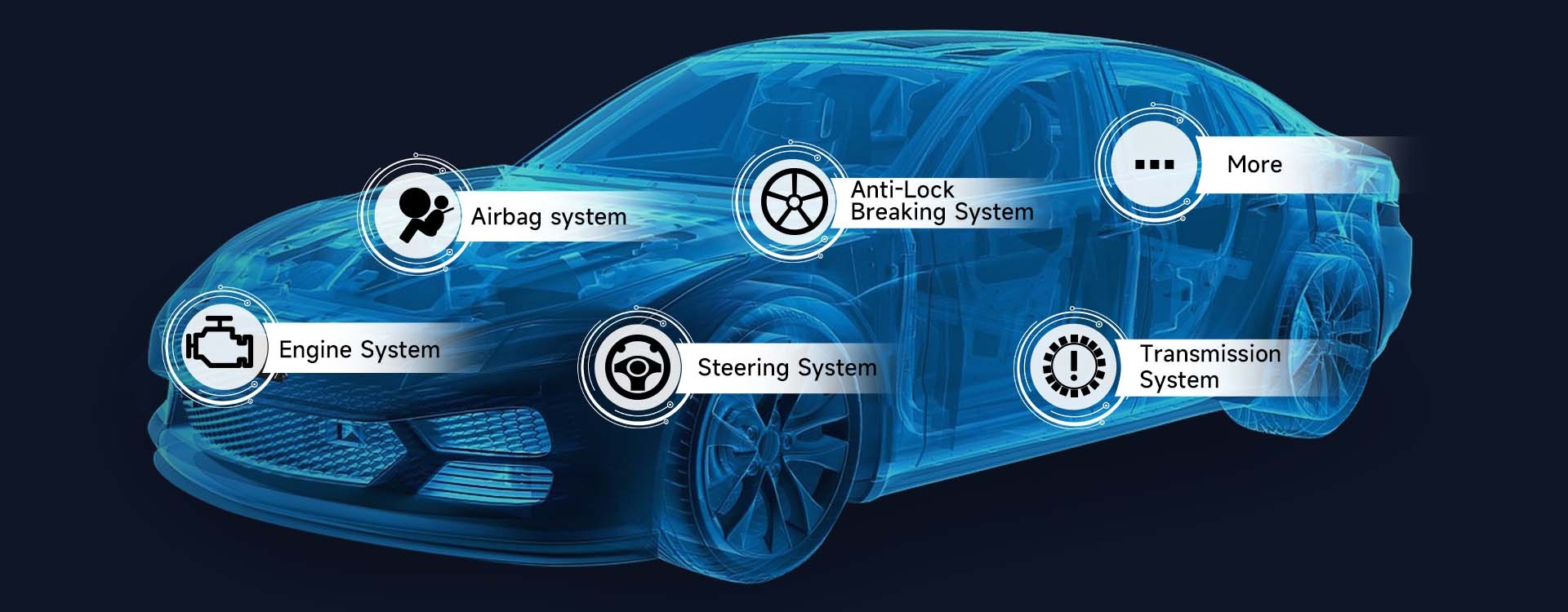A misfiring engine can be a frustrating and potentially damaging problem. Luckily, with the help of an OBD2 scanner like a Foxwell, diagnosing and fixing the issue can be much easier. This article focuses on understanding the Foxwell OBD2 code P0301, its causes, symptoms, and how to use your Foxwell scanner to troubleshoot the problem.
A car diagnostic scanner, such as those offered by Foxwell, can detect engine misfires by reading trouble codes stored by your car’s onboard diagnostic system (OBD2). This system constantly monitors engine performance. When a misfire occurs, the check engine light illuminates, and a specific code, like P0301, is logged.
Decoding the P0301 Trouble Code
The OBD2 code P0301 specifically indicates a misfire in cylinder 1. While the scanner identifies the affected cylinder, further diagnosis is necessary to determine the underlying cause. Misfire codes fall within the P0300 series:
- P0300: Random or multiple cylinder misfire.
- P0301 – P0308: Correspond to a misfire in a specific cylinder (P0301 for cylinder 1, P0302 for cylinder 2, and so on).
Recognizing Engine Misfire Symptoms
Before using your scanner, you might notice physical symptoms indicative of a misfire:
- Rough Idle: The engine vibrates or shakes excessively while idling.
- Loss of Power: Reduced acceleration and difficulty maintaining speed.
- Increased Fuel Consumption: The engine burns more fuel due to inefficient combustion.
- Illuminated Check Engine Light: A clear warning sign that something is amiss.
Common Causes of P0301
Several issues can trigger a P0301 code:
- Worn Spark Plugs: Old or fouled spark plugs fail to ignite the air-fuel mixture properly.
- Faulty Ignition Coil: A malfunctioning ignition coil prevents sufficient voltage from reaching the spark plug.
- Fuel System Problems: Clogged fuel injectors or a weak fuel pump restrict fuel delivery.
- Vacuum Leaks: Leaks disrupt the air-fuel ratio, leading to incomplete combustion.
- Low Compression: Worn piston rings or valves can cause insufficient compression in the cylinder.
Diagnosing P0301 with a Foxwell OBD2 Scanner
Using a Foxwell scanner, such as the NT809BT, simplifies the diagnostic process:
-
Connect the Scanner: Plug the scanner into the OBD2 port under the dashboard (NT809BT connects wirelessly via Bluetooth).
-
Turn on the Ignition: Turn the ignition key to the “on” position without starting the engine.
-
Initiate a Scan: Select “Read Codes” or “Scan for Errors” to retrieve stored trouble codes.
-
Interpret the Code: A P0301 code pinpoints a misfire in cylinder 1. The Foxwell scanner provides detailed code descriptions.
-
Analyze Live Data: Utilize the live data feature to monitor real-time engine parameters like fuel trim and O2 sensor readings.
-
Perform Component Tests: The scanner may allow targeted tests of ignition coils and fuel injectors.
-
Document Findings: Save the diagnostic report for future reference or sharing with a mechanic.
Limitations of OBD2 Scanners
While invaluable, OBD2 scanners have limitations:
-
Root Cause Ambiguity: Codes identify the misfiring cylinder but not always the specific cause. Further investigation is often required.
-
Intermittent Issues: Sporadic problems might not trigger a code immediately.
-
False Positives: Other engine malfunctions can mimic misfire symptoms.
Conclusion
A Foxwell OBD2 scanner is a powerful tool for diagnosing the P0301 code and its underlying causes. By understanding how to use the scanner and interpreting the data it provides, you can effectively troubleshoot engine misfires, saving time and potentially costly repairs. While the scanner offers valuable insights, remember that hands-on inspection and mechanical expertise might be necessary for complex issues. A Foxwell scanner empowers you to take control of your car’s maintenance and address engine problems confidently.
